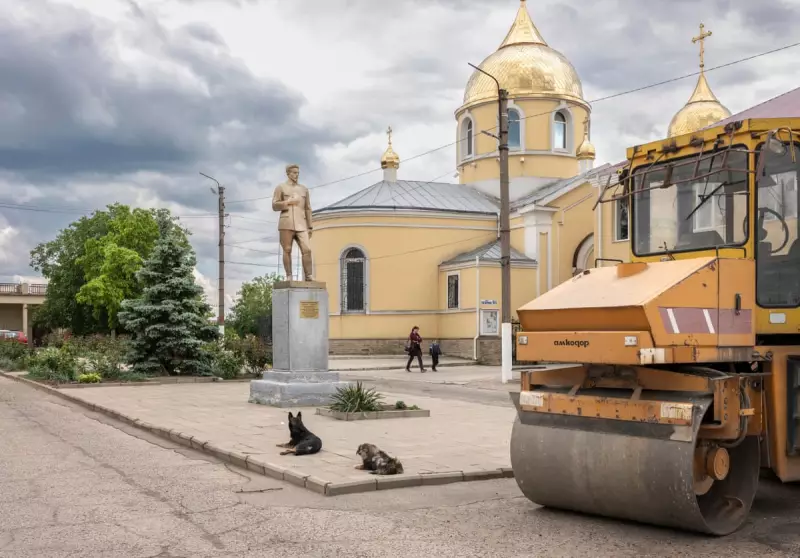
Nestled between Moldova and Ukraine lies a land that time forgot—the self-declared Pridnestrovian Moldavian Republic, known to the world as Transnistria. This narrow strip of territory, unrecognised by the international community, remains frozen in the Soviet era, a living museum of Cold War nostalgia and political ambiguity.
A Republic in Limbo
Since declaring independence in 1990, Transnistria has existed in a state of perpetual uncertainty. With its own government, currency, and military, this breakaway state operates in a legal grey zone, sustained by Russia's political and economic support while being formally part of Moldova.
The recent photographic essay reveals a territory caught between past and present, where Soviet symbols still dominate the landscape. From hammer and sickle insignia on public buildings to statues of Lenin standing proudly in town squares, the visual language of communism persists decades after the collapse of the Soviet Union.
Daily Life in a Time Capsule
Beyond the political peculiarities, the images capture the human stories of those calling this unrecognised republic home. Elderly residents who remember the Soviet era coexist with younger generations navigating life in this geopolitical anomaly.
The photographs reveal:
- Classroom scenes where children learn beneath portraits of historical Soviet figures
- Industrial landscapes dominated by Soviet-era factories, some still operational
- Military checkpoints and border controls that define the territory's contested status
- Everyday moments in markets and homes that show resilience amid uncertainty
Geopolitical Tensions and Uncertain Future
Transnistria's existence has long been a source of regional tension, but Russia's war in Ukraine has cast new uncertainty over the territory's future. With Ukraine now controlling much of the border and traditional supply routes disrupted, the region faces increasing isolation.
The photographic project arrives at a critical moment, documenting a society that may be approaching another historical crossroads. As the photographer notes, there's a palpable sense among residents that their unusual way of life—preserved for three decades—might be entering its final chapter.
Visual Testimony to Resilience
More than just a collection of images, this essay serves as important historical documentation. It captures the textures of daily life in one of Europe's most unusual political entities—from the faded grandeur of Soviet architecture to the determined faces of people making lives in circumstances they didn't choose.
The photographs don't judge or politicise but instead bear witness to the human capacity to adapt and endure, even in the most unconventional of circumstances.
This visual journey through Transnistria offers not just a glimpse into a little-understood corner of Europe but also raises profound questions about identity, sovereignty, and what happens when history moves on but a place remains behind.





